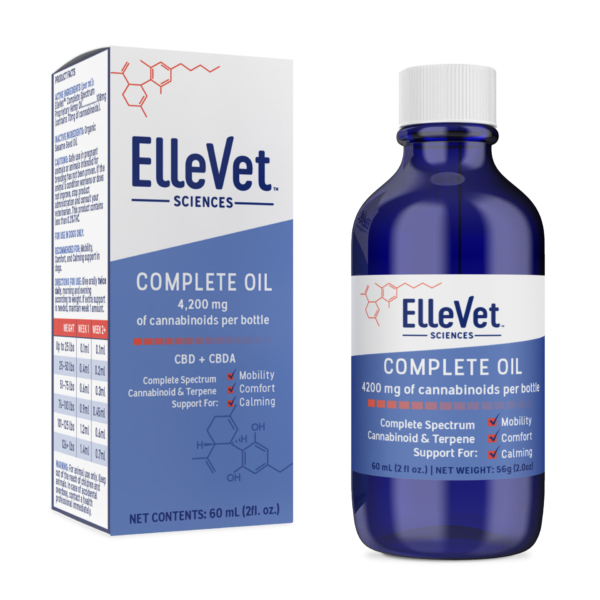Gabapentin is another example of a human medication that has crossed into the animal health industry. It has found to be effective in dogs, with veterinarians prescribing the drug for ailments such as seizures, anxiety and pain relief.
While it is believed to help with certain issues, is Gabapentin really safe for dogs? Do the rewards outweigh potential risks?
Table of Contents
Brief History of Gabapentin
Gabapentin, often sold under the brand name Neurontin, is an anticonvulsant medication. It has been readily available as a generic medication in the United States since 2004.
In humans, it is mainly prescribed for seizures and neuropathic pain, but is commonly used as an “off-label” medication. Using a drug “off-label” simply means it is being used for things other than what it has been officially approved for (by the FDA), often using a dosing structure that is not aligned with what is listed on the bottle. As such, Gabapentin has been used as treatment for certain anxiety disorders and drug dependencies (withdrawal symptoms) in humans.
In dogs, Gabapentin use is considered entirely off-label. The FDA has not approved its use in dogs. This does not mean the drug is not safe, but it could mean the FDA is unsatisfied with the scientific evidence or does not feel the use in dogs is broad or common enough for them to validate. Speculation aside, the fact remains, the FDA simply will not approve a drug if it is being used for something other than what it was originally approved for, and it was not originally intended or approved for dogs. Nevertheless, Gabapentin has been endorsed and prescribed by veterinarians for some time now.
Applications for Dogs
- Seizures
- Anxiety Disorders
- Pain Relief
As Gabapentin is an anticonvulsant drug, it is most commonly used for seizures and preventing seizure complications. It is usually deployed as an adjunct form of medication, meaning it is meant to be used in support of other therapies and medications.
In recent years, Gabapentin has been used in dogs with anxiety disorders. It has been found to calm and lessen anxious dogs. It is interesting to note, Gabapentin has also been found to be effective in human anxiety patients. However, has been found ineffective toward panic attacks and panic disorder (in humans), which are a form of anxiety. This distinction has not been confirmed in dogs, but we can assume that while Gabapentin may work for some anxiety disorders in dogs, it may not work for any and all of them.
Gabapentin is also known as an analgesic drug, meaning it is effective in combating chronic pain. In dogs, it is most commonly used to address joint related pain.
Dosing
With mostly all off-label medications, Gabapentin dosing structures can vary. The amount and frequency are determined by what exactly it is being used for in that scenario. Your veterinarian will determine your dog’s dosing amount and frequency.
For dogs and humans, Gabapentin comes in capsule or tablet form, in the amounts of 100mg, 300mg and 400mg. There is also a liquid form of Gabapentin, made for humans. Never give your dog liquid Gabapentin meant for humans, as it can sometimes include xylitol, which is extremely toxic to dogs. Gabapentin can be given with or without food.

Safety & Side Effects
Gabapentin should be used with caution in dogs with liver or kidney disease. The most common side effects in dogs are sleepiness and or drowsiness, as well as impaired coordination. You should never stop Gabapentin administration abruptly. This is common with many types of seizure medications. Stopping these medications abruptly can cause complications such as withdrawal seizures.
Interactions
With prescription drugs, the risk of drug interaction is always present. Before starting Gabapentin for your dog, go through a list of any and all supplements and medications your dog is currently taking with your veterinarian. Gabapentin should also be used with caution if your dog is currently taking a form of morphine, hydrocodone, or antacid.
Monitoring Progress
Gabapentin is a fast-acting drug, so the effects should be seen within a few hours of administration. While your dog is taking Gabapentin, monitor their behavior (with the guidance of your veterinarian). If you think your dog is showing signs of an adverse reaction, or is acting irregularly, contact your veterinarian right away.




